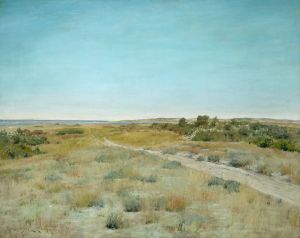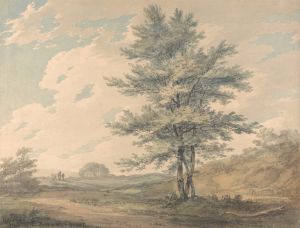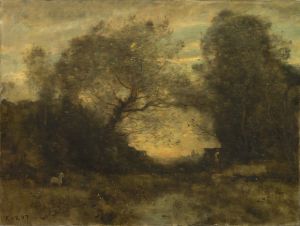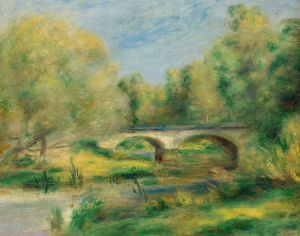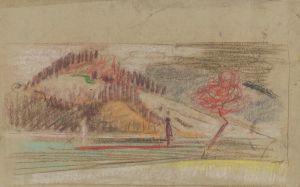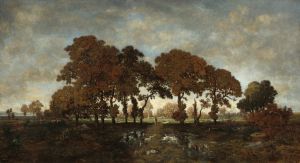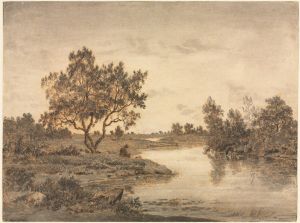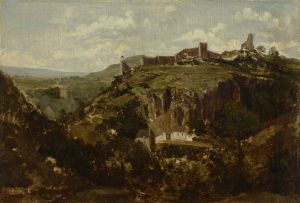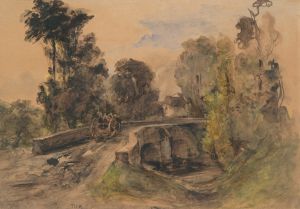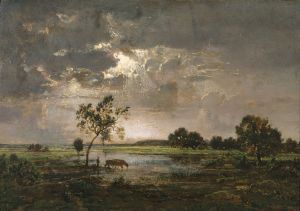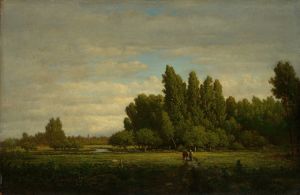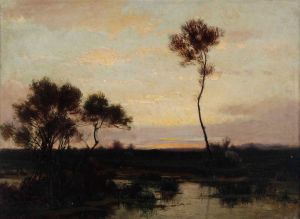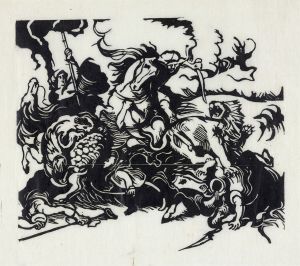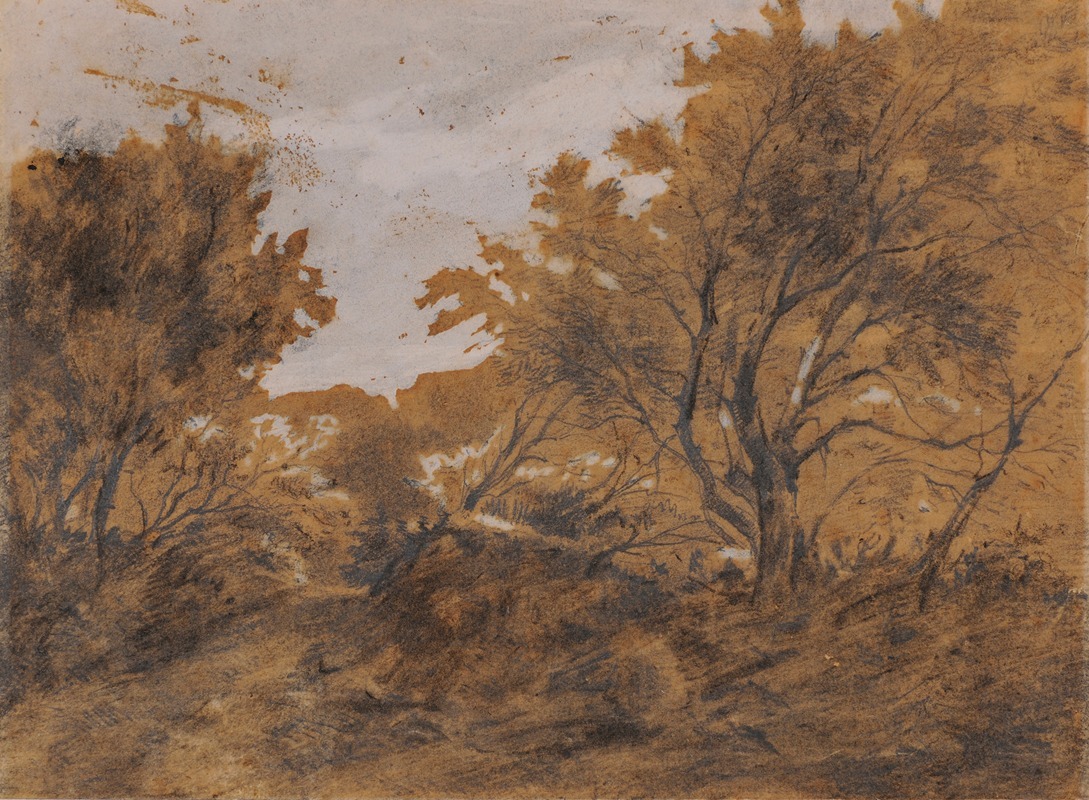
Paysage boisé, coup de vent
A hand-painted replica of Théodore Rousseau’s masterpiece Paysage boisé, coup de vent, meticulously crafted by professional artists to capture the true essence of the original. Each piece is created with museum-quality canvas and rare mineral pigments, carefully painted by experienced artists with delicate brushstrokes and rich, layered colors to perfectly recreate the texture of the original artwork. Unlike machine-printed reproductions, this hand-painted version brings the painting to life, infused with the artist’s emotions and skill in every stroke. Whether for personal collection or home decoration, it instantly elevates the artistic atmosphere of any space.
Théodore Rousseau's painting Paysage boisé, coup de vent (Wooded Landscape, Gust of Wind) is a notable work by the French artist, who was a leading figure of the Barbizon School. This artistic movement, which emerged in the mid-19th century, was characterized by its focus on naturalistic depictions of rural landscapes, often painted en plein air (outdoors). Rousseau, along with other members of the Barbizon School, sought to move away from the academic traditions of historical and mythological painting, instead emphasizing the beauty and emotional resonance of nature.
Paysage boisé, coup de vent exemplifies Rousseau's mastery in capturing the dynamic interplay between light, atmosphere, and the natural environment. The painting depicts a wooded landscape under the influence of a gust of wind, with trees bending and foliage in motion. The scene conveys a sense of vitality and drama, reflecting Rousseau's deep observation of nature and his ability to translate its transient moods onto canvas. His use of earthy tones and textured brushwork enhances the realism and immediacy of the scene.
Rousseau's work was deeply influenced by his connection to the Forest of Fontainebleau, a location that served as a central inspiration for many Barbizon artists. The forest's diverse terrain, with its dense woods, open clearings, and dramatic skies, provided Rousseau with a wealth of material for his landscapes. In Paysage boisé, coup de vent, the artist's attention to detail and his sensitivity to the effects of weather and light are evident, showcasing his commitment to portraying nature with authenticity and emotional depth.
During his lifetime, Rousseau faced challenges in gaining recognition within the official art establishment. His works were often rejected by the Paris Salon, the premier art exhibition of the time. However, his persistence and the growing appreciation for landscape painting eventually earned him acclaim. By the time of his death in 1867, Rousseau was celebrated as one of the foremost landscape painters of his era.
Today, Paysage boisé, coup de vent is regarded as an important example of Rousseau's contribution to 19th-century landscape painting. It reflects the artist's innovative approach to capturing the essence of nature and his role in paving the way for later movements, such as Impressionism, which also emphasized the fleeting qualities of light and atmosphere. The painting is housed in a public or private collection, though specific details about its current location are not provided in available historical records.






